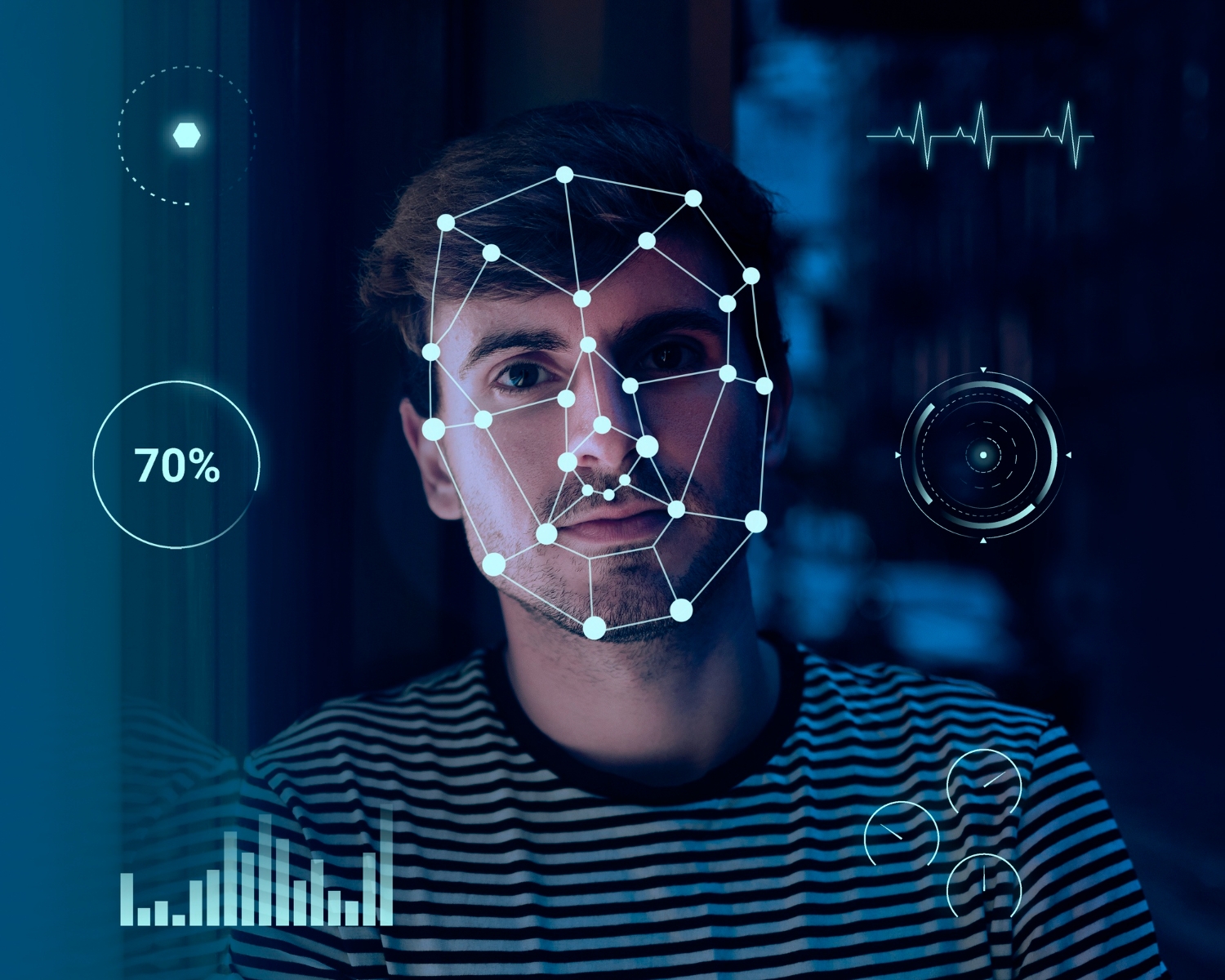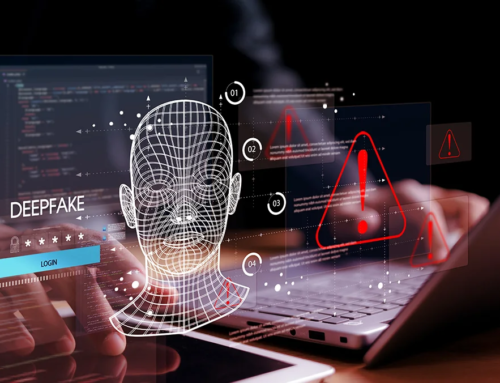Facial recognition technology is an advanced method of identity verification that uses a person’s facial features to confirm their identity. This cutting-edge technology has numerous potential uses, including unlocking smartphones, accessing secure buildings, and identifying criminals. In this article, we will discuss the advantages and concerns surrounding the use of facial recognition technology for identity verification, as well as the importance of appropriate regulations and guidelines.
One major benefit of using facial recognition technology for identity verification is its speed and efficiency. This technology allows for quick and accurate identification, making it an ideal solution for high-traffic settings such as airports and government buildings. In addition, facial recognition technology can help prevent identity fraud by providing a secure and reliable method of verifying identities.
However, there are also valid concerns about the use of facial recognition technology. Privacy is a major concern, as the technology allows for the tracking and identification of individuals without their consent. There is also the risk of bias and discrimination, as the technology may not be equally accurate for all groups of people. In addition, there is the potential for misuse by governments or other organizations, which could use the technology to monitor and control individuals in ways that violate their rights.
Given these concerns, it is crucial that appropriate regulations and guidelines are put in place to ensure the ethical use of facial recognition technology. This may include laws that limit the use of the technology, as well as guidelines for the training and operation of the technology to minimize the risk of bias.
Facial recognition technology offers numerous benefits for identity verification, but it is important that we carefully consider the potential drawbacks and take steps to ensure that it is used ethically and responsibly.




